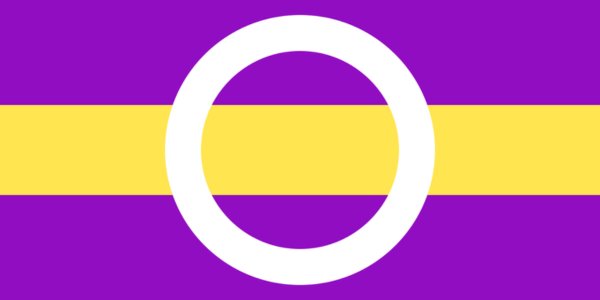Intergender
Understanding Intergender
Exploring the Concept of Intergender Identity
Intergender refers to a gender identity that exists between or combines male and female characteristics. Someone who identifies as intergender may feel they are not strictly man or woman but somewhere in between, reflecting both or neither gender fully.
This identity challenges the traditional binary view of gender. It acknowledges that gender isn’t always defined by physical traits or assigned categories at birth. Instead, it recognizes a more fluid, personal experience of identity and expression.
Cultural and Social Perspectives
The idea of being intergender has gained visibility through conversations around gender diversity and inclusion. In many cultures, gender has long been understood as a spectrum. Modern discussions in LGBTQ+ and nonbinary communities further validate intergender experiences, promoting acceptance and understanding.
For some, being intergender is deeply tied to how they express themselves—through clothing, behavior, or social roles. For others, it’s about how they feel internally, beyond appearance or presentation. What unites these experiences is authenticity and the desire to live genuinely within one’s gender identity.
How It Differs from Other Gender Concepts
While intergender overlaps with some gender-diverse terms, it has its own meaning. It bridges multiple identities while maintaining individuality. Below, we explore common questions people ask when learning about this gender expression.
FAQ
What is the meaning of intergender?
Intergender describes someone whose gender identity exists between male and female. It reflects a blend or intermediate position rather than full identification with either side of the binary.
What is the difference between intragender and intergender?
Intragender usually refers to experiences or expressions within one gender, while intergender describes identities that exist between genders or combine elements of both.
What is the difference between genderqueer and intergender?
Both challenge gender norms, but genderqueer is a broader umbrella term. Intergender specifically emphasizes being between male and female, while genderqueer can include many fluid or nonconforming identities.
What is intermediate gender?
Intermediate gender means a gender identity that sits between male and female. It’s similar to intergender and reflects balance or mixture between both genders.
Are all intersex people LGBTQ?
No. Intersex refers to biological variations in sex traits, not gender or orientation. Some intersex individuals identify as LGBTQ+, while others do not—it depends on personal identity and experience.
















